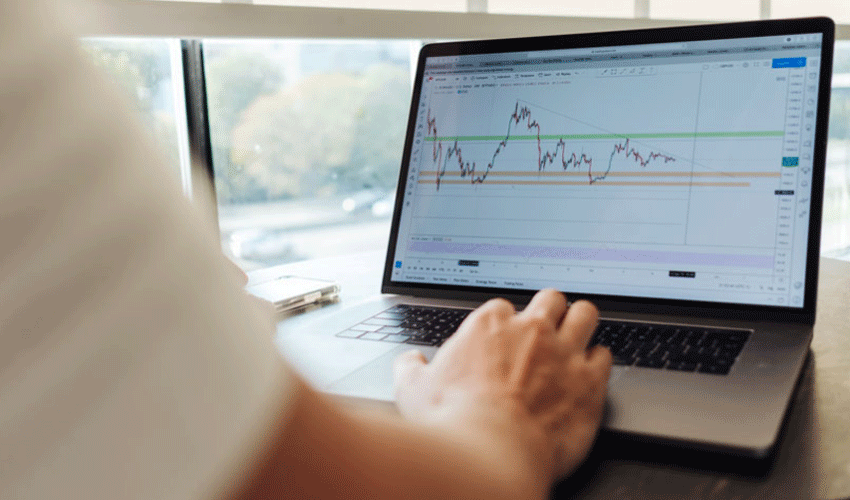
Whether you’re new to investing or you consider yourself a seasoned pro, it’s important to have a plan of action before you execute trades and investments.
Diversification is regularly advised to beginners or those looking to become a better investor. On the flip side, more risky strategies involve investing in high-risk products with no intention of diversifying for stability. Assessing your own personal risk tolerance is an important part of investing.
For many people, investing is viewed as an additional source of income alongside a more stable salary. This should of course be caveated with an awareness of the risks that investing can bring – and that’s why using a sensible investing strategy, such as diversification, is so important.
Here’s what you need to know about diversification in the world of trading and investing.
What does it mean to diversify your portfolio?
Diversification is something many finance professionals and at-home investors adopt. In a well-diversified portfolio, your money will be spread around different asset classes.
With diversification, the assumption is that a variety of investments will mean you’re more likely to make a return. Otherwise, if you put all your eggs in one basket, there is a huge amount of pressure riding on that single investment to make a return. Some investors choose to follow the ‘5% rule’ whereby no more than 1/20th of an investor’s portfolio would be linked to a single security.
In reality, a variety of investments will create losses and profits – and the hope is that overall, there will be an overriding profit. Diversification is a technique used to manage market volatility and reduce risk.
Look at a range of asset classes and use a training platform
Diversification involves spreading your investments across different asset classes, whether that’s forex, crypto, stocks or commodities. Some trading platforms allow you to manage different asset class investments from one account, with technical tools and analysis to enhance the experience.
In some cases, you can even use training functions to get more familiar with the process before committing to live investments. If you take the time to assess how different markets change time, you’ll gain more knowledge as time goes on, allowing you to carefully select future investments.
On top of this, good trading platforms will have charts and other resources to help you learn as you go so that you’re prepared for future trades and investments.
Many people choose to diversify in the following ways:
- International market diversification
- Individual asset diversification
- Asset class diversification
With this in mind, it may be worth testing these methods using the tools and functions you have at your disposal.
Consider different investment methods
Something else to consider is alternative investments. These are investments outside of stocks, bonds and cash. However, alternatives tend not to be very liquid, which means they can’t be converted into cash easily.
Examples include:
- Hedge funds
- Private equity
- Real estate
- Collectibles
- Commodities
- Debt investing
Take the time to explore the pros and cons of each. For example, real estate requires you to have the funds available.
Keep adding to your portfolio
The more you practice and invest, the more you will learn. It’s a good idea to use your interest and enthusiasm while it’s fresh so that you can learn as much as possible and be all set with the skills to move forward.
The phrase ‘quit while you’re ahead’ is something to consider. Part of trading and investing is knowing when to dip out while being in tune with your risk tolerance levels. Again, you’ll get a feel for this the more time you put into investing and learning.


